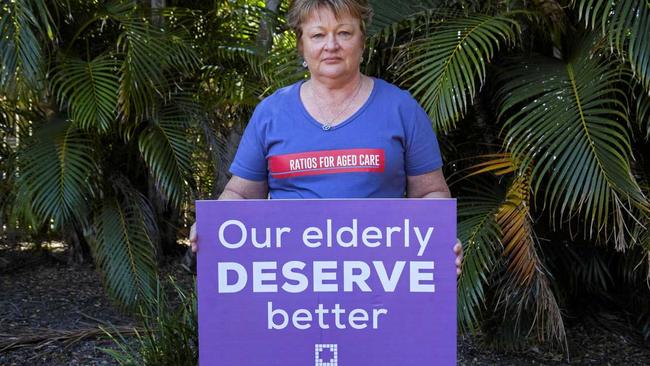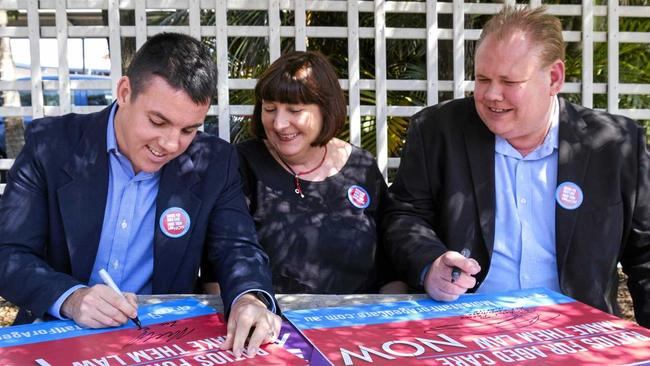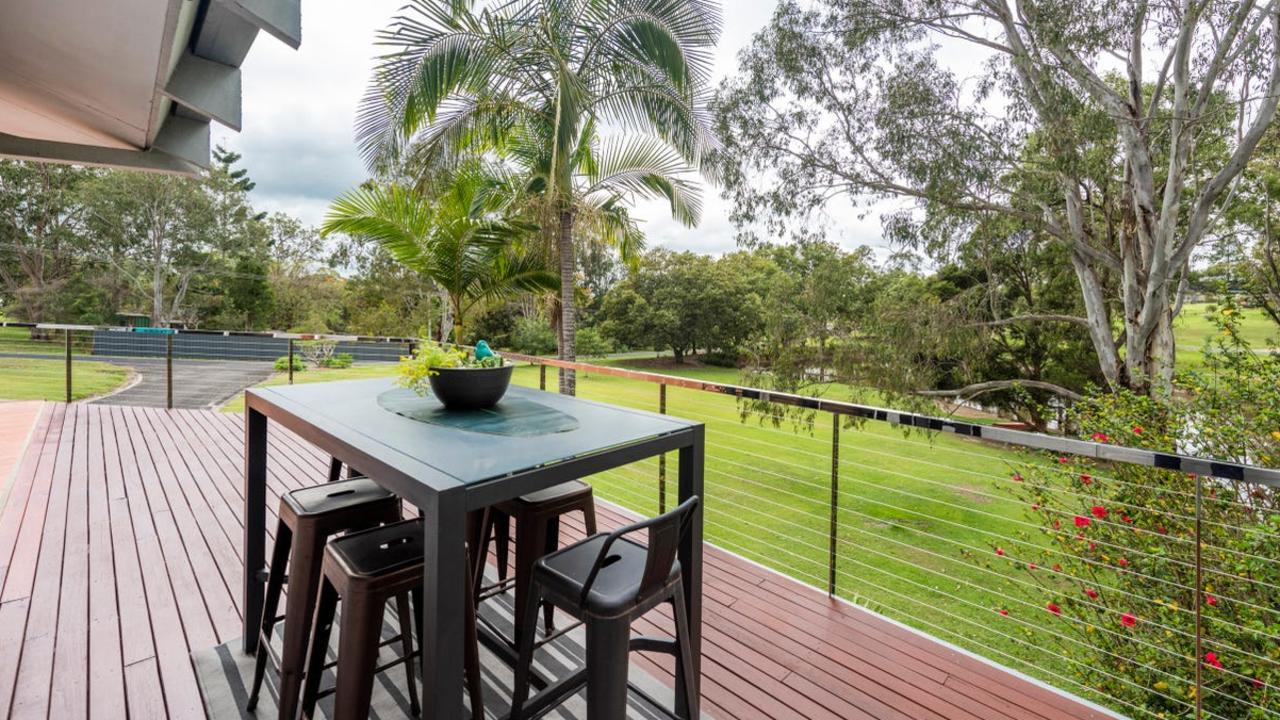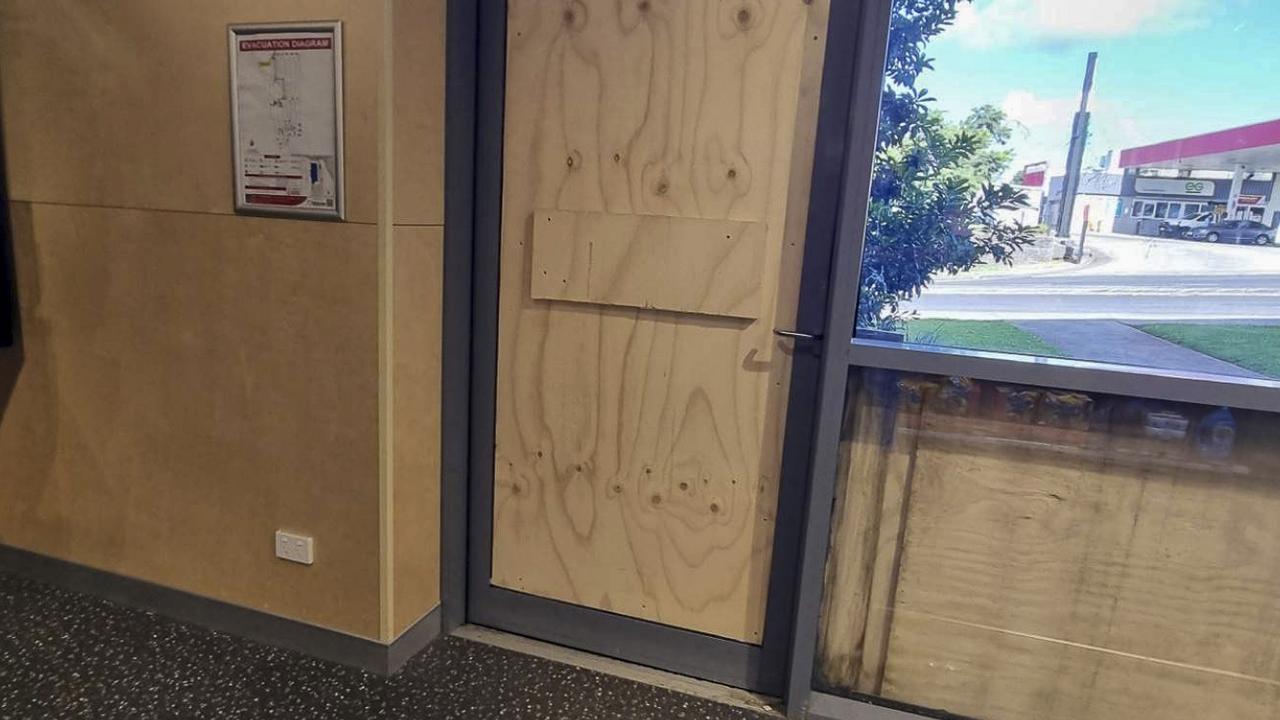Aged care nurse: Why I had to walk away
CAROLYN Waters couldn't take it any longer. Now she's told her shocking story.

Grafton
Don't miss out on the headlines from Grafton. Followed categories will be added to My News.
ENTERING an aged care facility will be a likely scenario for many Australians, but research has found the level of care and capability is seriously lacking.
The Queensland Nurses and Midwives Union has identified concerning statistics in the aged care sector and are planting their heels in in the fight for proper care.
Carolyn Waters is a registered nurse, QNMU activist and former aged care worker in Bundaberg who said she had to leave her job, where she was caring for almost 100 residents, because she just couldn't take it any longer.
"At the time I was an enrolled nurse and I was in charge of the whole place - that shouldn't happen," Ms Waters said.
"I got to a point where I thought, I've got to get out of this or I could lose my registration.
"In the end, it was unsafe."
Registered Nurses, who complete a university degree, and Enrolled Nurses, who complete a certificate qualification, are regulated through the nursing and midwifery board of Australia which grants them a licence.
Licenced RNs and ENs are then supported by assistants in nursing and personal carers who might hold a certificate qualification but still remain unlicensed.
The issue being highlighted by QNMU is the imbalance of staff ratios.
QNMU secretary Beth Mohle said an independent study identified what skill ratios were actually necessary in aged care.
"What's required in aged care is a 30 per cent registered nurse skill mix, 20 per cent need to be enrolled nurses, and then the remaining 50 per cent could be a mix of assistants in nursing or personal carers," she said.
"AINs and PCs are valued members of the nursing family, but they just haven't got the qualifications or expertise the RNs and ENs have."
An audit of close to 100 facilities in the 30 federal electorates across the state found an average of 2.6 hours of care was being provided per resident per day, where 4.3 hours was actually required for each person.
"The audit found administered hours of care ranged between about 2.1 to about 3.3 hours, but nobody was getting up to the 4.3 that was required," Ms Mohle said.
Ms Waters recalls a lived experience of where this imbalance almost cost the life of a resident in her care.
"I got a phone call from a PC saying she had a female elderly resident who was vomiting and didn't look too well," Ms Waters said.

"I asked if she had taken the patient's pulse, which she hadn't, so I asked her to take the pulse and tell me what was going on. She said, 'I don't know how to take a pulse'.
"So I upped and ran down to this lady and her pulse was 40, and she looked like death warmed up.
"She was on digoxin, which is a drug that you have to check the pulse before you give it, and if it's less than 60 you don't give it.
"She'd been having it given to her because nobody was checking her pulse, and she had digoxin toxicity, which you can die of."
In this instance, Mrs Waters said, if staff ratios had have been adequate, the patient's life would never have been put at risk because a qualified nurse would have know what to look for.
"We need a proper skill mix, proper staffing numbers - there needs to be ratios in aged care, and it needs to be legislated to make sure our elderly are looked after with proper staffing levels," she said.
Ms Mohle said while AINs and PCs were highly valued within the nursing family, they shouldn't be put in those situations.
"Far too many providers are trying to shift the blame, and it's just not possible to do the work that's being asked of aged care workers," she said.
"We haven't got enough nursing in aged care and that's the problem right now, and it's just a national disgrace that there's not a minimum requirement to have just one registered nurse on duty 24 hours a day."
"There are no minimum staffing requirements or skill mix requirements at all."
When compared to caring for children, Ms Mohle just can't see the difference.
"In childcare you have to have a certain number of staff and skill mix - what's the difference between a baby and an elderly, vulnerable Australian?" she asked.
"It's elder abuse."
Another issue the union is campaigning for is rates of pay.
"A registered nurse that works in aged care gets paid $300 per week less than their counterpart in private or public hospitals," Ms Mohle said.
"They're hugely underpaid, in poor working conditions with insecure work in terms of the ability to cut hours in contracts of engagement.
"We've got people who are working in aged care but they don't want to put their work at risk by putting a target on their back and have their hours severely cut back."
Ms Waters, whose own mother is in an aged care facility, wants to know where the money is going.
"The Federal Government is the one we need to ask, why haven't they done something?" she said.
"They give money to the aged care sector, but where's that money going, and why isn't it going to direct care for our elderly? My mum and dad?"
An aged care nurse who asked to remain anonymous said the demand on RNs was unacceptable.
"A lot of registered nurses are in charge of facilities of up to 200 residents and they've only got AINs, especially overnight, to help care for these residents," she said.
"It's very hard, if someone falls in one end of the building, and there's something happening at the other end, where do you go first? You can't be everywhere.
"And yes, a lot of places do leave the ENs looking after the facility at night."
Next week, the QNMU will release the data collected from each federal electorate during their audit and will be seeking commitments from all current sitting members and senators to ask where they stand with the campaign in the lead-up to the federal election.
On Tuesday, Labor candidates Zac Beers for Flynn and Richard Pascoe for Hinkler met with the union to sign their pledge to legislate ratios for aged care workers.
Originally published as Aged care nurse: Why I had to walk away


